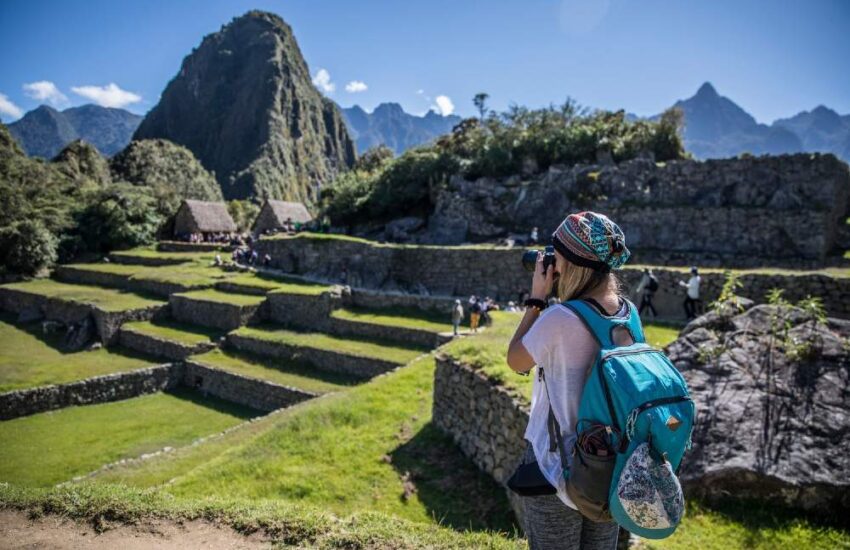Stone Town Slave Market in Zanzibar
This was written while in Stone Town, Zanzibar. There is this massive church in the center of Stone Town, I’m a fan of old unique buildings. Arrive and I find out it’s the former Stone Town Slave Market in Zanzibar. The Zanzibar Slave Market was the last legally operating slave market in the world so let’s explore it.
History of Zanzibar Slave Market
Dr Livingston made a plea to abolish slavery because of the inhumane trafficking of humans via the Stone town market in the late 1800’s. Basically people from Tanzania, Malawi, Zambia and countless other nations where sold at auction to Arabs who took them overseas to Omen, Yemen, Seychelles, Madagascar etc…
The Sultan Barghash of Zanzibar agreed to abolish the barbaric trade on June 6th, 1873. Another central hub for slave trading was the city of Pangani. The whole place has an eerie feeling to it, to say the least. There was only 1 small window in the cells and they were cramped to say the least.
They built the Anglican Christ Church on top of the old slave market auction area. In the exact location where the whipping post was is now the center of the alter. Also, there is cross made from the tree where Dr. Livingston is buried in Zambia. He died of malaria, naturally.
Zanzibar Slave Trade
Now let’s discuss the nuts and bolts of the Zanzibar slave trade. There were two slave chambers. A larger one for women and children and a smaller one for the men. The large one would hold 75 women and children, the small one 50 men. In those times there was a small hut above a hole which led to the chambers. Today the chambers have 3 windows, when slaves were kept, it only had 1 window which was about 2 feet high and 4 inches wide.
Horrible Living Conditions
All slaves would have to spend 3 days in those cramped and horrible conditions to separate the weak from the strong. Many weak died in those chambers as they gave the slaves barely enough food and water to survive. The channels in the middle were used as bathrooms and the chambers were connected to the ocean by a small tunnel.
At high tide the water would rise to about 1 foot inside the channels and clear most of the excrement away. Sometimes the tide would not rise enough so the slaves were stuck in there for 3 days with their feces. When this happened countless people suffocated, predominantly children.
The Slave Market Auction Process
Slaves were brought to the whipping post before the auction. Each auction each slave was whipped by a slave master. If the slave cried or screamed they would be sold for less. A “strong slave’ was still in decent shape after the 3 day chamber and would NOT yell or scream when whipped. These slaves sold for much more cash as in theory could be worked that much harder. If you bought 5 strong slaves, they would throw in 2 children for free.
The Marble Pillars at Christ Church
When entering the Christ Church, look at the marble pillars. The marble pillars were a gift from Italy and the engineer put the first ones in upside down. As a result they put all of them upside down for uniformity. Also, the church has one of only two special types of organs in Africa. The other in Cape Town, South Africa.
We can all applaud Dr. Livingston for his tireless work in abolishing the legal trafficking of slaves from this part of the world. The sad part is, slavery and human trafficking is NOT over. Instead of importing Africans to work in coffee, cotton and tobacco plantations it’s occurring in even more sinister uses and mainly women and children.
Today there is a hostel on top of the slave chambers. A Canadian runs the hostel that also has a restaurant. I am staying about 50M from the site, a very informative and interesting way to spend an hour.
Cost of Old Slave Market in Zanzibar
The cost of the old slave market tour in Zanzibar is 3500tsh or ~$2.33 which is certainly fair. There are guides hanging out who make a living giving you guided tours. A gent named Nicholas(in photo) asked me if I’d like a guide, said sure and gave him a reasonable tip for his problems. These guides basically know everything so they can answer any question you have, recommended.
A Swedish lady made the monument of the slaves in the pit with authentic chains in 1998.
A moment of silence…
Tips hat,












